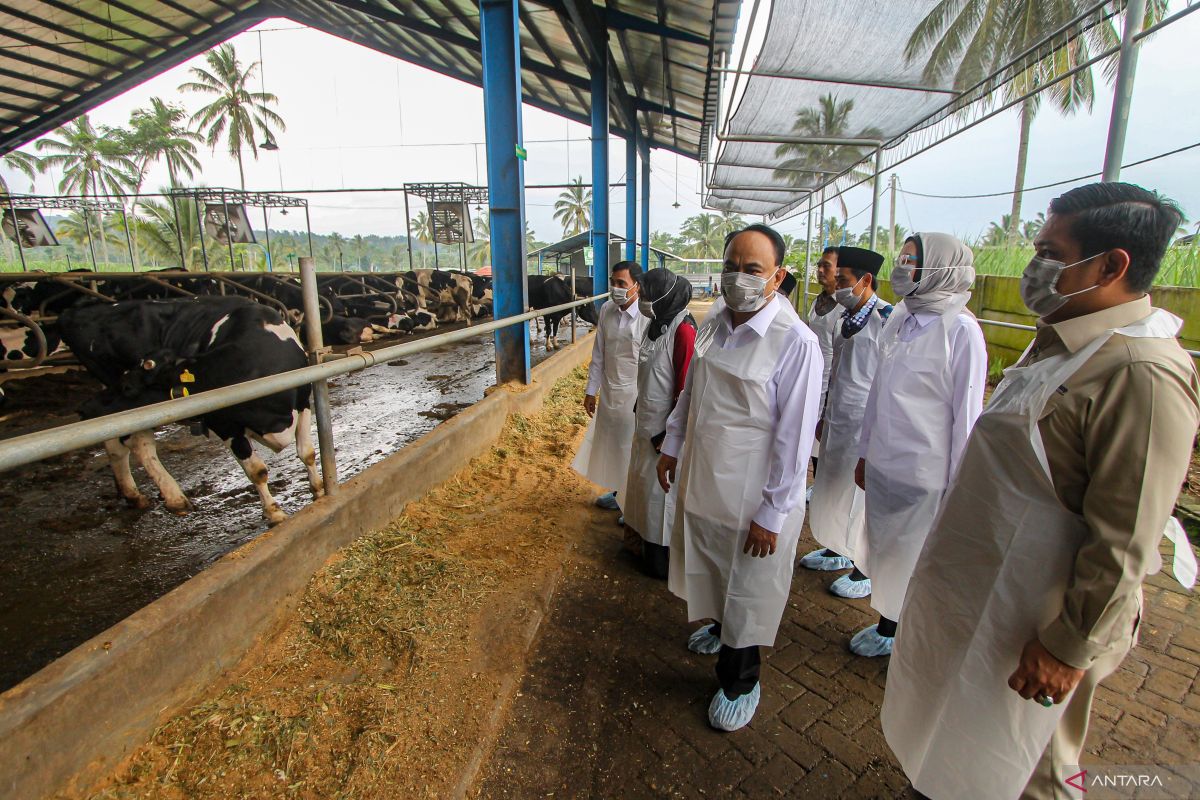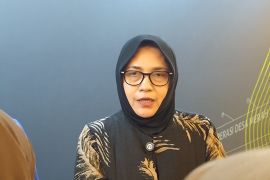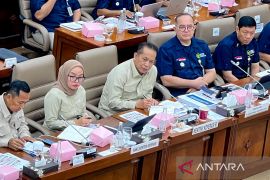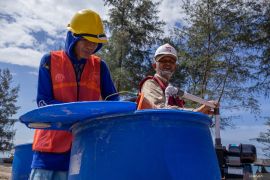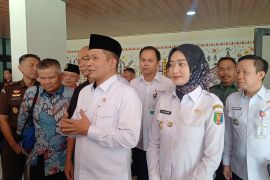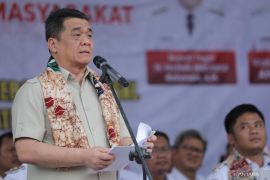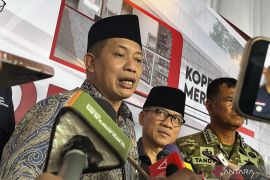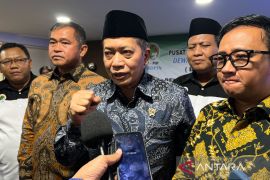The program has sparked much debate, with some people raising doubts on its effectiveness and sustainability given the complexity of the rural economy and the long history of Indonesian cooperatives that have not been completely successful.
However, upon closer look, the launch of the program does not seem to be a symbolic step, but a strategic measure to carry out a systemic reorientation of the national economic structure.
Expressing optimism about the program, a member of the supervision board of the Financial Services Authority (OJK), Tito Sulistio, said it will be a gateway to rural industrialization, based on the principles of the economy that uphold the national ideology, Pancasila.
This statement emphasizes that cooperative-based economic development would not merely strengthen the traditional sector but also create a modern ecosystem that integrates local values with global demands.
He emphasized that it is important for village cooperatives to not only operate in the consumption sector, or carry out savings and loan activities, but also become main players in the production, distribution, and even export chains.
In the context of financing, he highlighted the important role of the Indonesian Investment Management Agency, Danantara, as an institution tasked with consolidating state assets and leveraging them for the community.
He suggested that Danantara build strategic partnerships with village cooperatives.
This synergy will strengthen the bargaining position of cooperatives, accelerate access to capital, and make village cooperatives the driving force of people's economic development.
To ensure transparency and accountability, he proposed that the cooperatives be directly connected to OJK supervision and adopt a modern governance scheme commonly applied in the financial sector.
Remedying structural injustices
A youth cooperative figure, Turino Yulianto, said that the Red and White Village Cooperatives program is a big effort on part of President Prabowo Subianto to transform the structure of the economy from a previously oligarchic one into a people-based economy that upholds equality.
Amid the inequality in the distribution of assets and opportunities, village cooperatives can be an effective tool for correcting structural injustices that have been a hindrance to national development.
The cooperatives are expected to play an important role in improving economic governance in villages and emerge as the most effective means for the distribution of welfare.
Yulianto highlighted that in many developed countries, cooperatives are the main players in various strategic sectors.
For instance, the Zen-Noh cooperative of Japan dominates nearly all of the national rice trade.
The FrieslandCampina cooperative of the Netherlands dominates the dairy industry at the global level. In Brazil, the Unimed cooperative dominates the health sector with the largest hospital and insurance network in the country.
Indonesia has enough potential to follow in those footsteps. With more than 74 thousand villages with their unique strengths, village cooperatives could be directed to become small- to medium-scale production bases connected to national and international markets.
He emphasized that the fundamental difference between Red and White Village Cooperatives and village-owned enterprises (BUMDes) lies in the legal entity recognition at the international level.
With a cooperative status, the global network that has been established can be utilized, opening up opportunities for exporting local commodities without having to rely on large intermediaries.
For example, a cooperative status will allow dairy cooperatives in regions to directly build partnerships with dairy factories in New Zealand or the Netherlands.
Crucial factors
However, the success of the village cooperatives initiative will largely depend on several crucial factors. First, the capacity of human resources at the village cooperatives will need to be seriously developed.
This will require intensive education and training programs, not only in cooperative management, but also in modern entrepreneurship, financial literacy, and digital marketing.
Second, a guarantee ensuring cooperatives have access to fair markets will be needed. Without protection from monopolies and cartels that have so far controlled the distribution of agricultural products and rural production, village cooperatives will only end up being outsiders.
Third, the government will need to ensure an incentive system that supports the growth of cooperatives, including easy access to financing, technology subsidies, and legal protection.
Furthermore, the Red and White Cooperatives will need to be designed not only as economic entities but as centers of innovation and social regeneration in villages.
They will need to become homes for the growth of new ideas, new technology, and a new spirit. Healthy cooperatives will create a strong, independent, and productive village middle class—something that has been absent from the national development map.
That way, the village economy will not only grow from the grassroots up, but also foster a more just and sustainable social foundation.
President Prabowo's decision to establish the Red and White Village Cooperatives can be viewed as a structured effort to re-position the people as the main actors in the national economy.
With earnest preparation, supported by the right regulations and a high level of professionalism in the implementation of the program, the establishment of village cooperatives could become a turning point for the resurgence of a national economy that is strongly rooted in villages, and yet capable of reaching great heights at the global level.
Related news: Village leaders asked to advance cooperatives program
Related news: Indonesia plans 27 thousand new rural cooperatives by July
Related news: Red and White Cooperatives to boost rural economic independence
Translator: Hanni Sofia, Raka Adji
Editor: Arie Novarina
Copyright © ANTARA 2025
